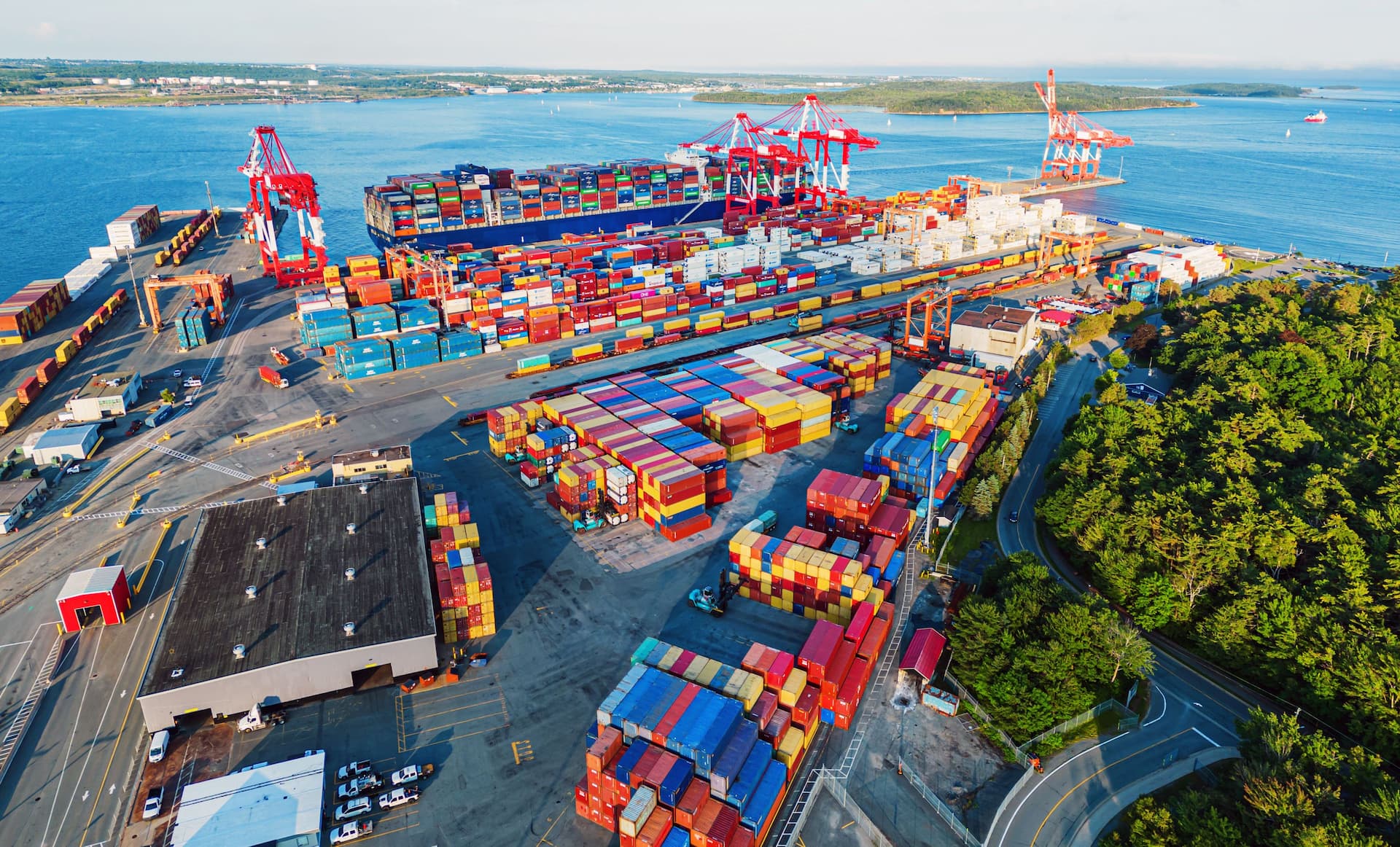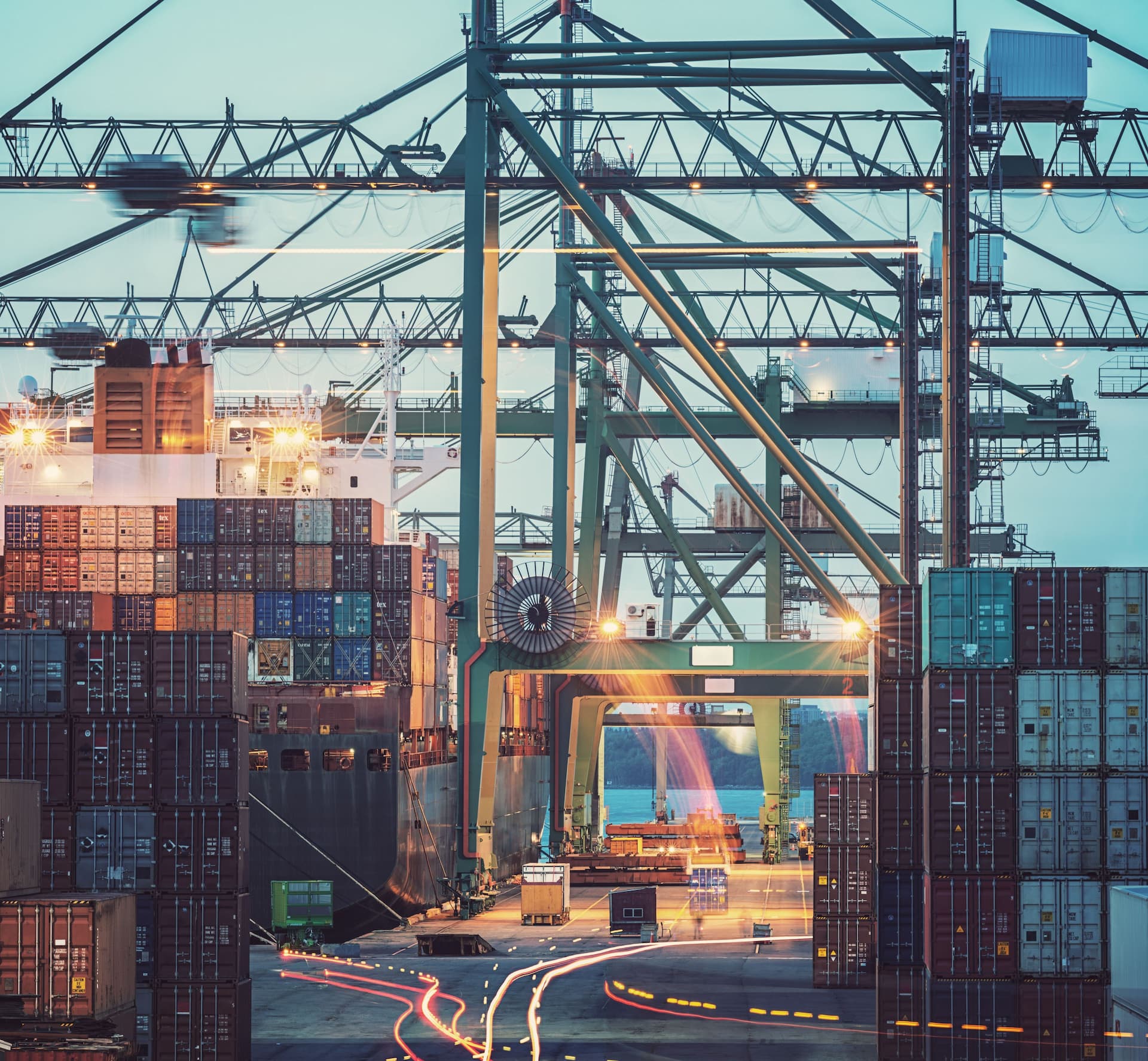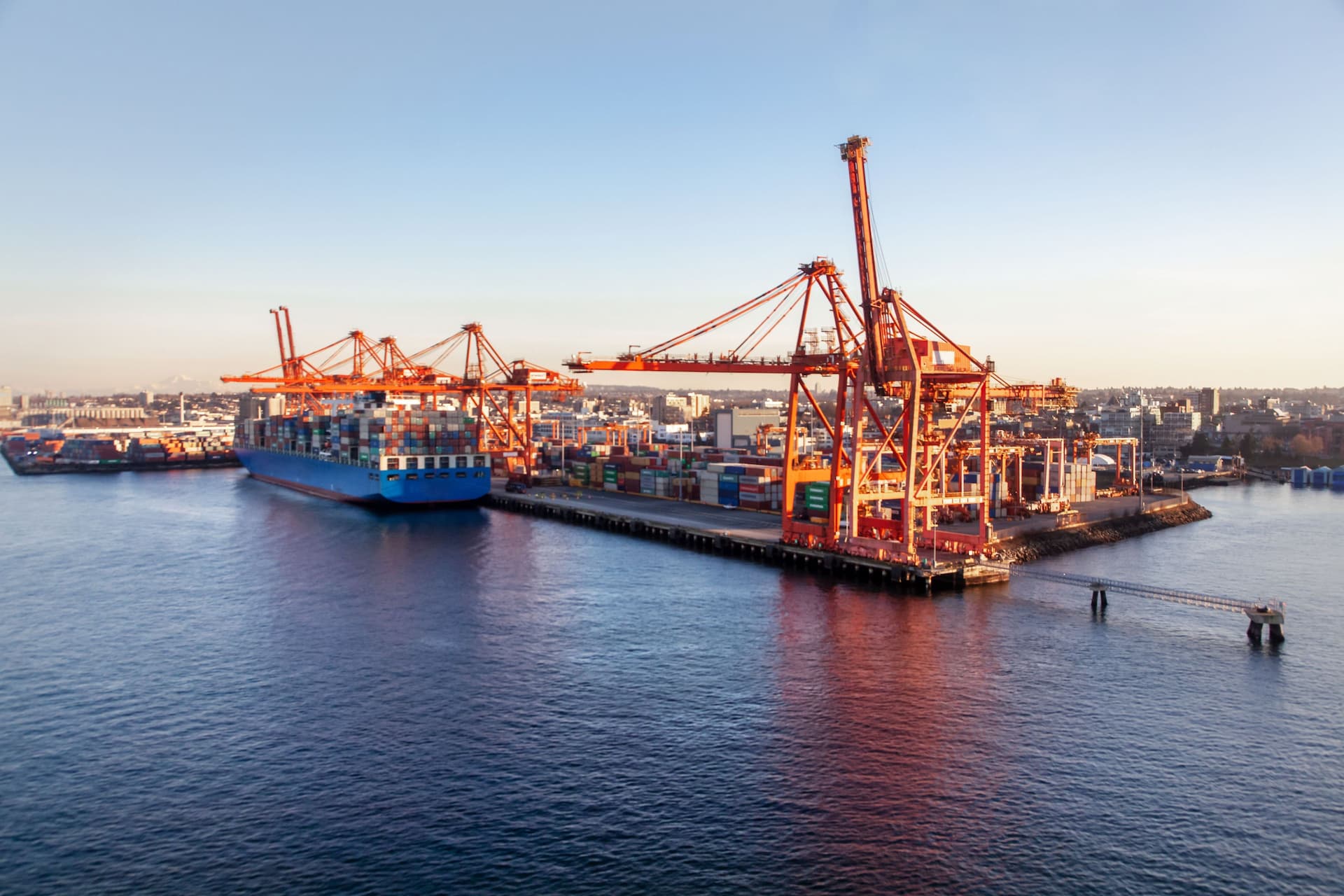The shipping industry has known for some time that the biggest impact of the maritime energy transition is likely to be on land. A study in 2020 by UMAS and the Energy Transitions Commission for the Global Maritime Forum for the Getting to Zero Coalition showed the biggest share of the transition investment will be needed for land-based infrastructure and production facilities for low carbon fuels, making up around 87% of the total cost of the maritime energy transition. Only 13% will be invested in the onboard machinery and storage equipment for the ships themselves.
We can foresee other changes, too. Ports will need to supply more than one zero-emission fuel to meet the demands of differing fleets; there’ll be no one-size-fits-all as with current bunker fuel. Lower energy densities of future fuels means that ships will need to carry larger volumes onboard to cover the same distance, or bunker at ports more frequently – a great opportunity for ports able to supply these fuels.
To drive the greatest value from the huge infrastructure investment that needs to take place, the transformation of ports needs to be considered and understood in the context of the entire energy system needed to create zero-ready fuel supply chains, right from the initial energy source used for fuel production, through to storage, transport and bunkering.
In short, stakeholders across this value chain will need to adapt current facilities as well as creating entirely new, resilient infrastructure. This will create hidden challenges but also unexpected opportunities. Unfortunately, there’s no reference point from the past to build on. So where to start?
Understanding the impact of green shipping corridors
The need for a realistic, measurable vision of the adaptability of ports to future fuel supply is why Oceans North, Vancouver Maritime Centre for Climate (VMCC), Arup, and Lloyd’s Register Maritime Decarbonisation Hub undertook a preliminary assessment of the potential benefits of maritime decarbonisation for Canada. The study, titled ‘Green Shipping Corridors in Canada,’ estimates the potential uptake of low and zero emission fuels in three Canadian ports. It builds on a growing body of work about the potential impact of green shipping corridors, including a recent study of port energy supply for green shipping corridors and findings from The Silk Alliance, a collaboration between several global partners.
The report covers the infrastructure opportunity presented, and how well Canada could be positioned to realise it, taking into account the availability of clean energy supply, workforce capability and land resources; producing future shipping fuels is likely to require lots of energy, people and space.
There’s also an assessment of Canada’s potential position as a driver of change as part of one or more green corridors, with an eye to the impact of infrastructure change inside and outside the maritime industry. This element considers financial, economic, environmental and social benefits at a local, national and global scale, also known as a ‘Total Value’ approach, created by Arup.


Learnings for other nations
A Total Value framework can be applied to other green shipping corridor and maritime decarbonisation projects around the world. As well as showing potential benefits, for example, using the clean power needed to produce zero-carbon fuels in other industries, the Total Value approach can identify areas where there may need to be greater intensity of development of support for zero-ready fuel pathways.
None of this change can take place without huge investment, beyond the capability of the commercial maritime sector. While the industry may be able to create the demand for future fuels, it can’t create the supporting scale of infrastructure needed on the ground to support that demand.
That level of development is for governments to lead on, and it’s needed now. Delaying decisions on maritime infrastructure compounds the time and cost needed for change. According to a report by Resilience Rising, every dollar invested in infrastructure now is worth $4 in a sustainable and resilient future.
Creating the mindset
The key to making change happen will be creating the momentum needed to persuade all stakeholders to act fast, starting now. Shipping won’t just be competing with itself for future fuels; other industries will be creating demand for the same fuel sources. Collaboration across maritime, and beyond, will be the key, to create joined-up approach to getting to zero.







